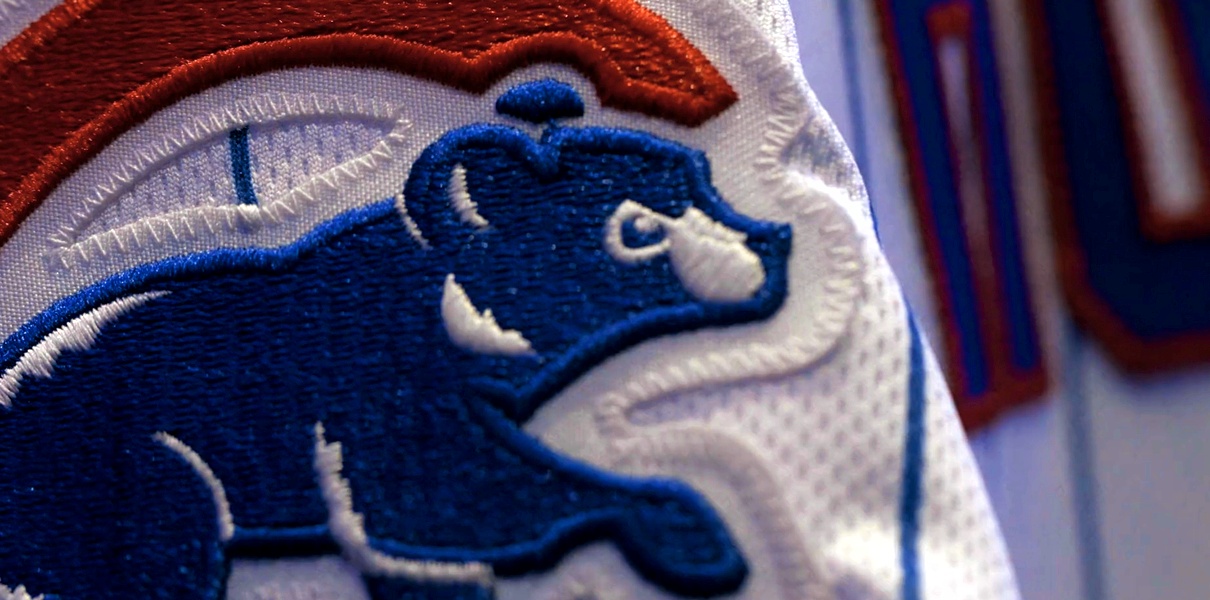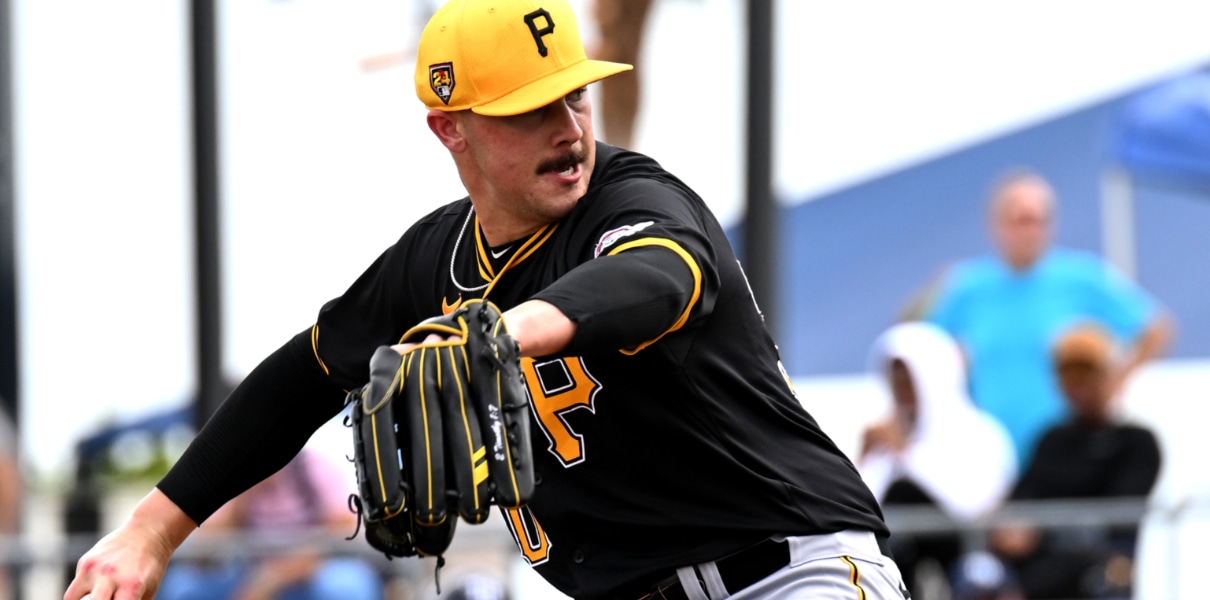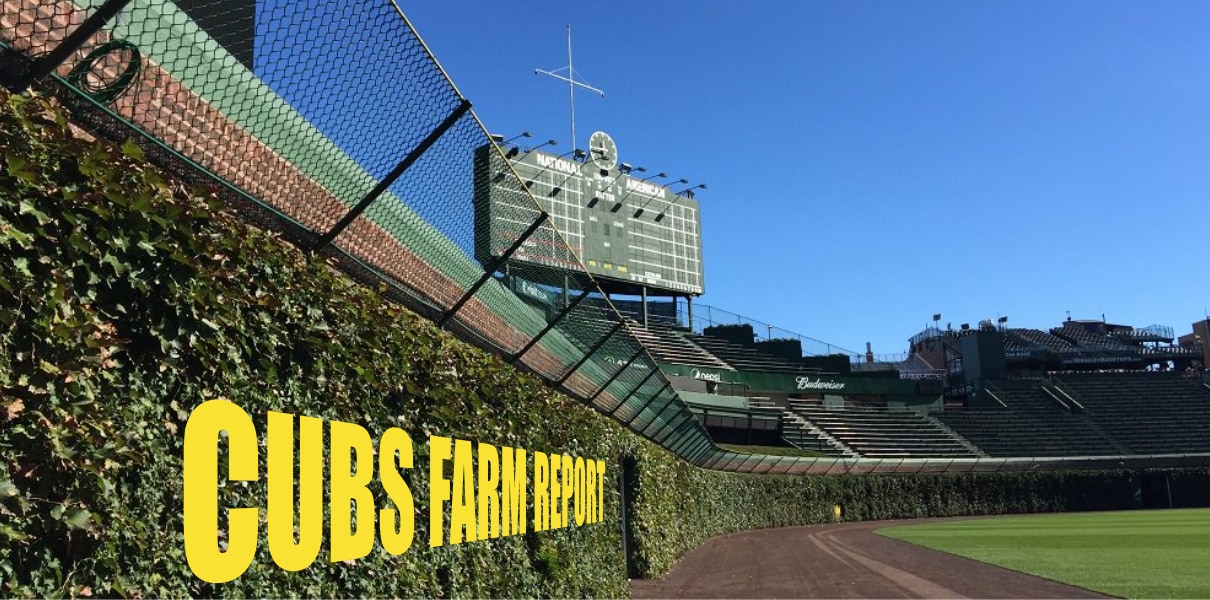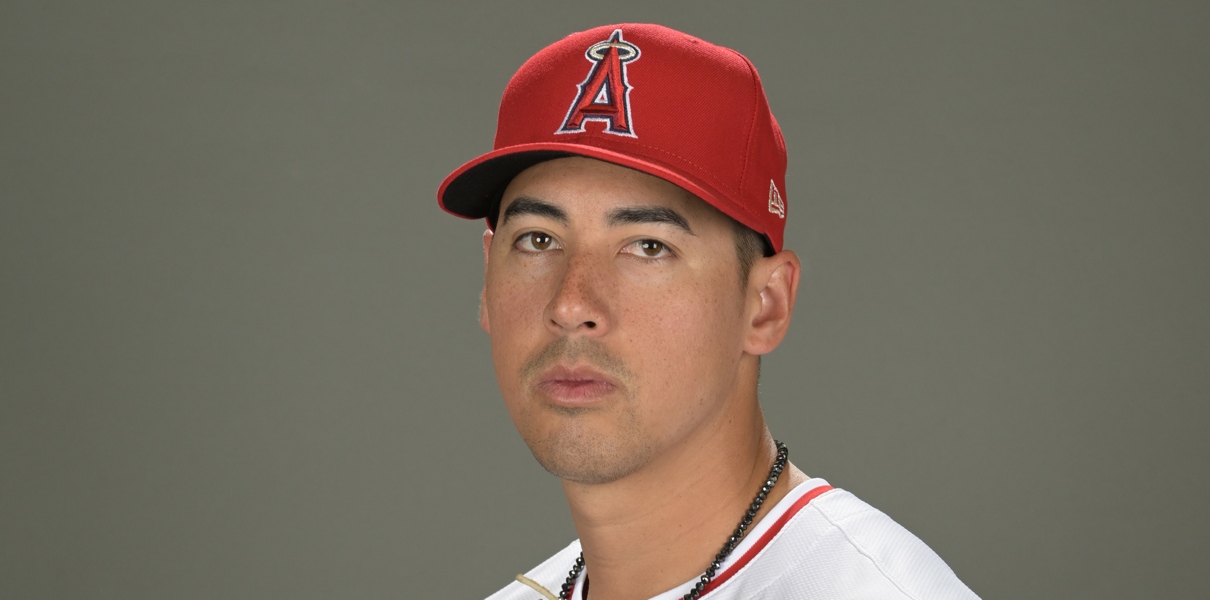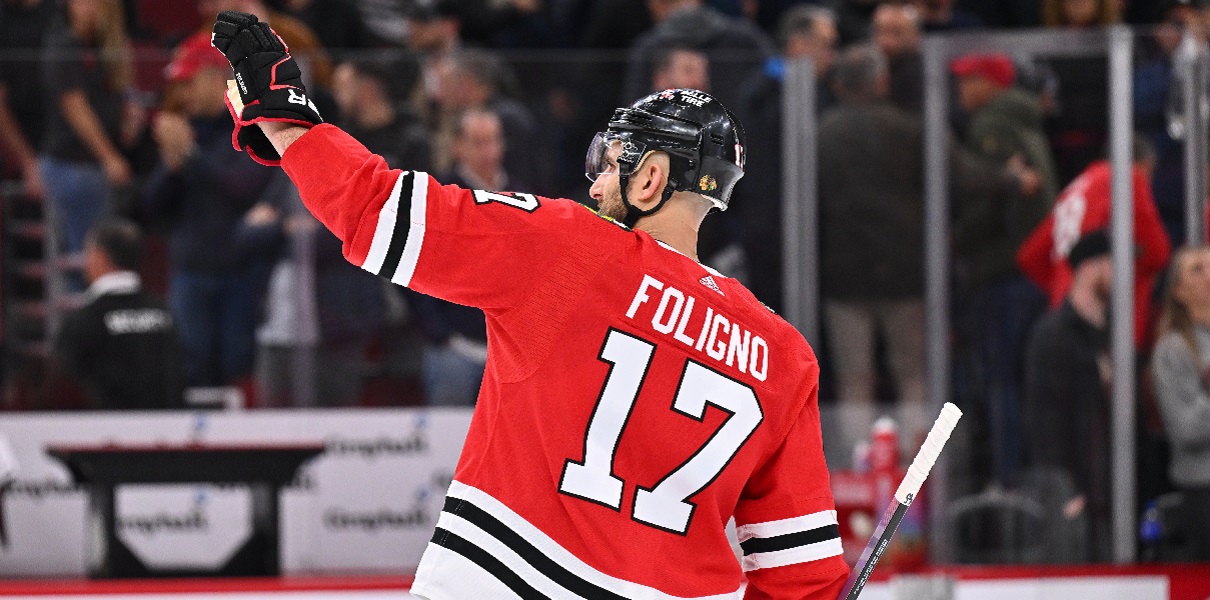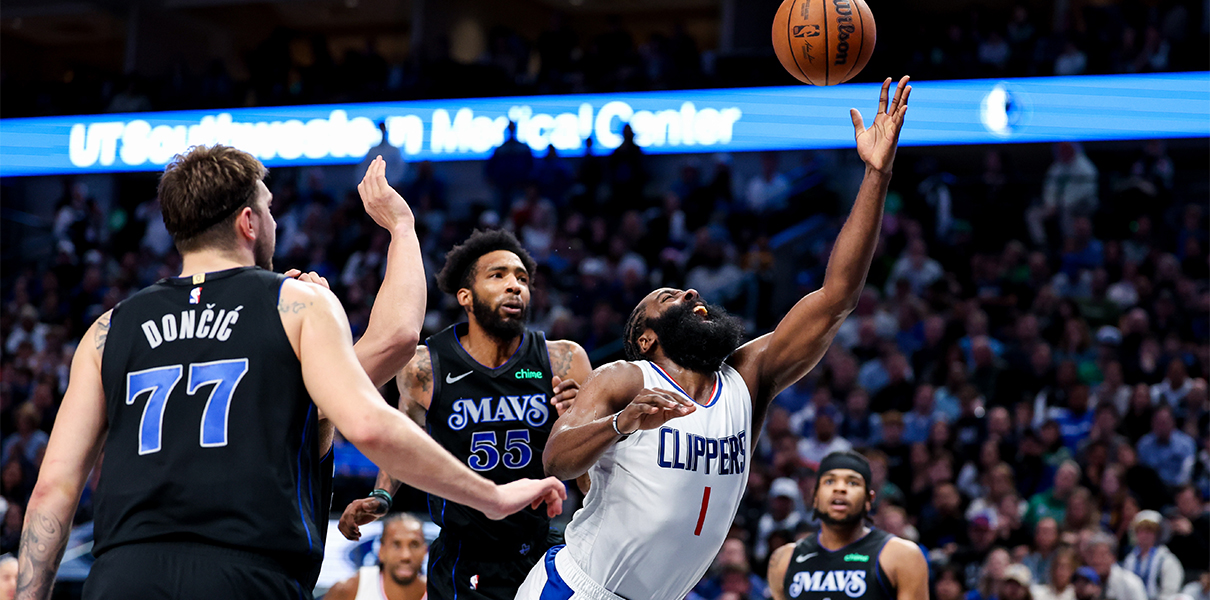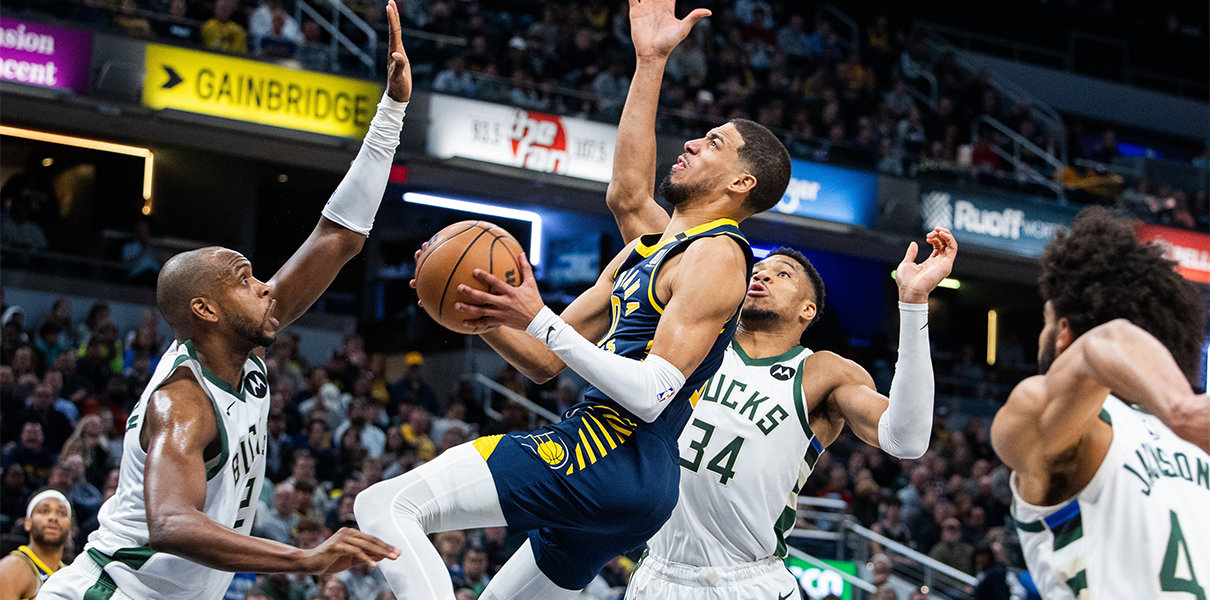Your periodic check in with the new MLB rules (pitch clock, pick-off limits, shift limits, and larger bases), which are designed to accomplish certain things. We can debate whether those things – faster pace, more hits, less pitcher advantage, more steals – are desirable, but they are the things MLB is chasing. So if the new rules don’t actually accomplish them, then what was the point?
Spring Training can only tell you so much in that regard, but if you compare it to last Spring Training, at least you can approximate an apples-to-apples situation. From Jeff Passan:
Spring training 2022 vs. 2023
Time of game
2022: 3:01
2023: 2:36Runs/game
2022: 10.6
2023: 11SB attempt/game
2022: 1.6
2023: 2.4BABIP on groundballs
2022: .235
2023: .258Strikeout rate
2022: 23.9%
2023: 23.1%
Across the board, that’s exactly what MLB has wanted to see. There’s no other way to put it.
Basically, you’re seeing games played at a faster pace (less dead time), yet not at the expense of game action (run-scoring is roughly the same, or even more). That is easily the biggest thing MLB has wanted to accomplish with the pitch clock, and even setting aside game length, I can say from my own viewing experience, it’s been a success. The game simply feels much more active. More enjoyable to follow. Easier to stay locked in.
You are seeing fewer strikeouts, which kind of have become like home runs during the Juiced Ball Era: too much of a good thing is just too much. Ideally, I would like strikeouts to be a cool moment, not something that happens one out of every four batters.
Stolen bases: up. That: good. I don’t know if everyone feels that way, but I’m just a fan of stolen bases, and I hate how ruthlessly efficient the whole process had become.
The batting average on balls in play thing is pretty remarkable, because the minor league data actually did not suggest we would see such a dramatic impact right away. For me, I figured the bigger impact of shift limits would be (1) long-term development and selection changes on player styles, and (2) more emphasis on athletic defenders. Sure, I thought we would see more hits, but a 23 point jump on groundball BABIP?! That’s way more than I was expecting. It’s a good thing!




